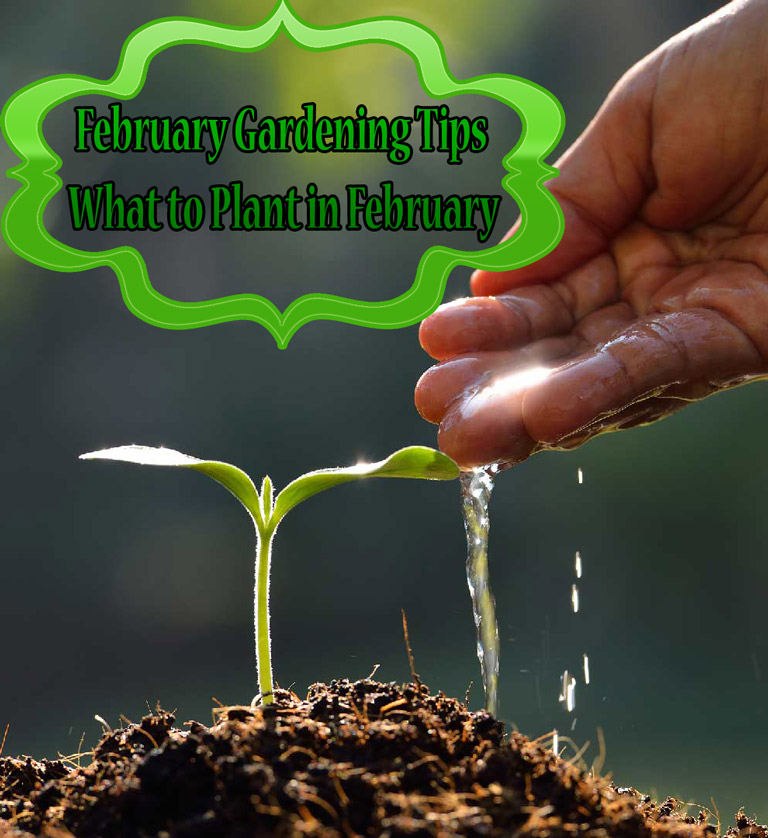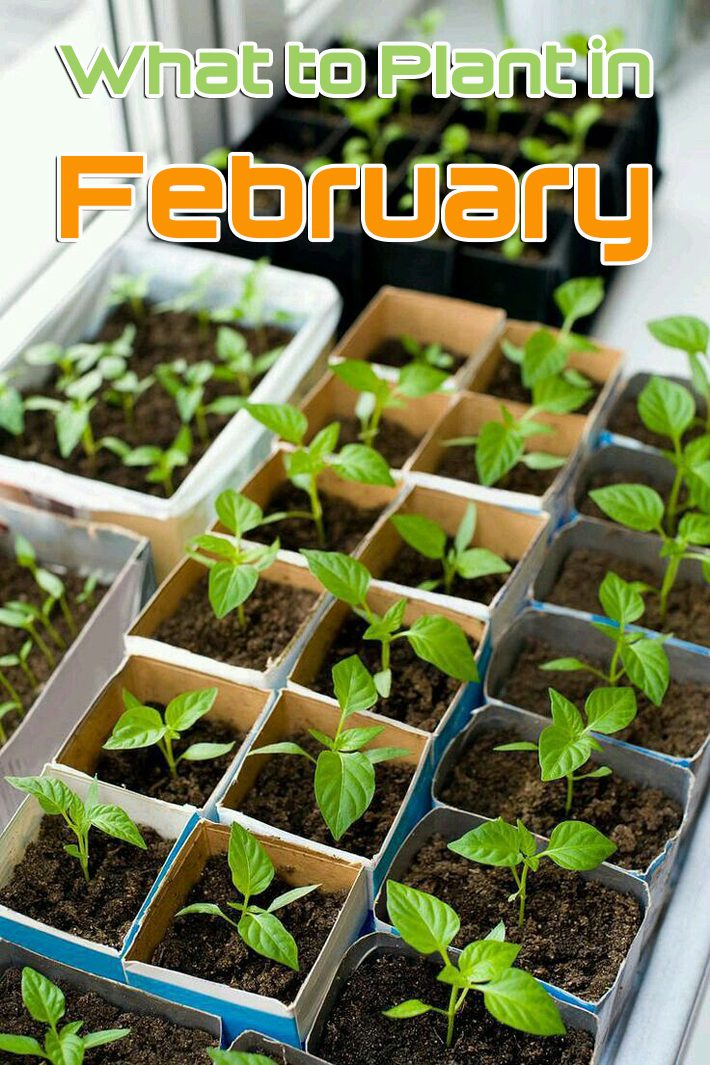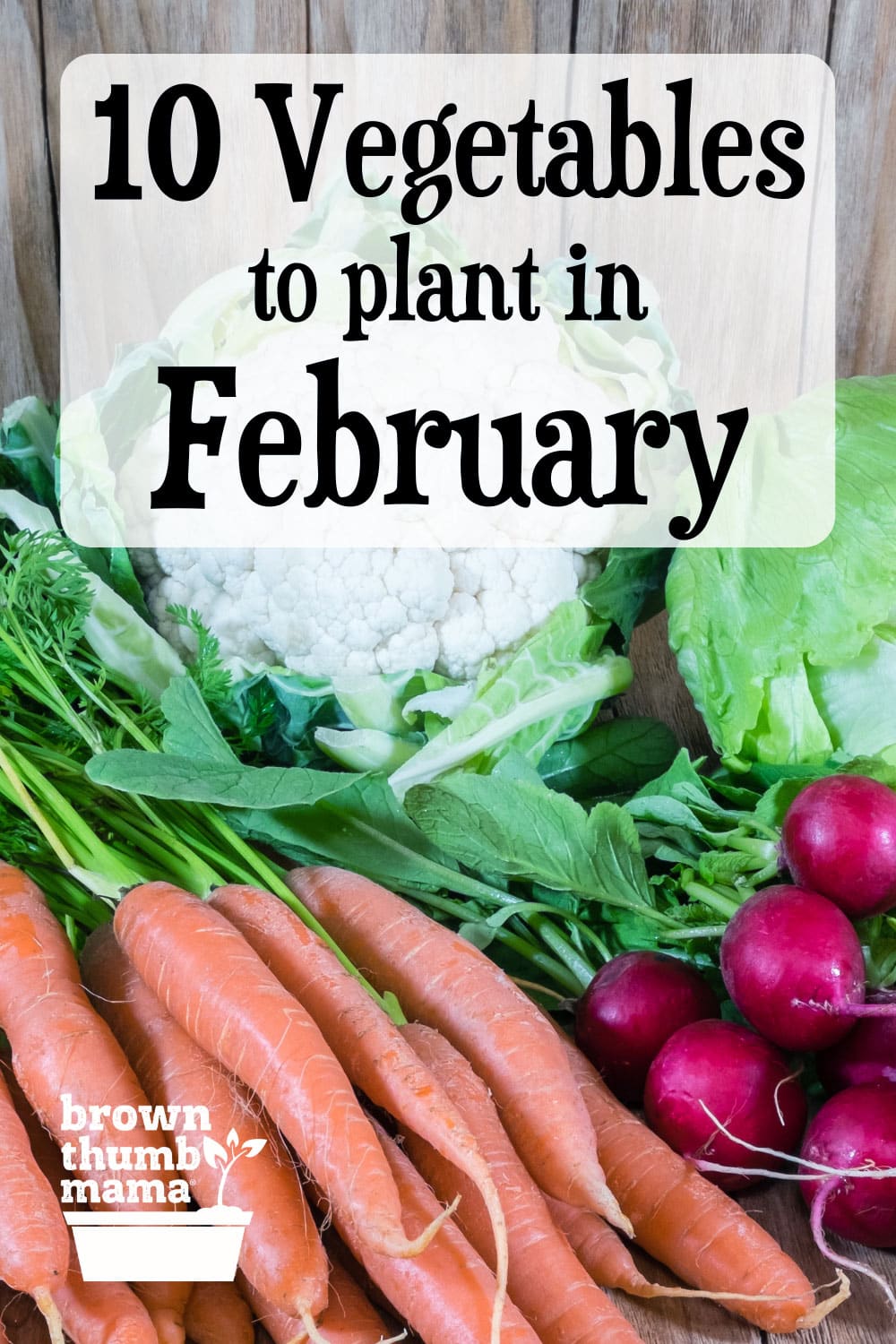Choosing the Perfect Plants for Late Winter
As the last wisps of winter’s chill begin to dissipate, February arrives with a promise of renewal and growth. For gardeners, this time of year presents a unique opportunity to get a head start on the growing season. When it comes to deciding what to plant in February, it’s essential to choose varieties that thrive in late winter conditions. Temperature, soil quality, and moisture levels are critical factors to consider when selecting the perfect plants for this time of year.
February’s cooler temperatures and increased moisture make it an ideal time to plant certain crops that will mature in spring. By understanding the specific needs of your plants, you can create a thriving and diverse garden that will flourish in the months to come. Whether you’re a seasoned gardener or just starting out, selecting the right plants for late winter is crucial for a successful harvest.
When deciding what to plant in February, consider the average temperature and precipitation levels in your area. In regions with mild winters, you may be able to plant a wider variety of crops, while areas with colder winters may require more cold-hardy options. By taking the time to research and choose the perfect plants for your climate, you’ll be well on your way to creating a vibrant and productive garden.
In addition to temperature and moisture, soil quality is also a critical factor to consider when planting in February. Make sure to test your soil’s pH levels and amend it if necessary to create a fertile and well-draining environment for your plants. By providing your plants with the right conditions, you’ll be rewarded with a bountiful harvest and a thriving garden.
By choosing the perfect plants for late winter and providing them with the right conditions, you’ll be able to enjoy a longer growing season and a more diverse harvest. Whether you’re planting vegetables, flowers, or a combination of both, February is an excellent time to get started. So why not take advantage of this opportunity and start planning your February garden today?
Vegetables to Plant in February for a Spring Harvest
February is an excellent time to plant a variety of vegetables that will mature in spring. Some of the best vegetables to plant in February include broccoli, kale, and spinach. These cool-season crops thrive in the cooler temperatures and increased moisture of late winter, making them ideal for planting in February.
Broccoli is a popular choice for February planting, as it prefers the cooler temperatures and can tolerate light frosts. To plant broccoli in February, make sure to choose a variety that is specifically bred for early spring production. Sow seeds 1-2 inches deep and 18-24 inches apart in well-draining soil with a pH between 6.0 and 7.0.
Kale is another excellent choice for February planting, as it is a hardy, cool-season crop that can tolerate temperatures as low as 20°F (-7°C). To plant kale in February, sow seeds 1-2 inches deep and 12-18 inches apart in well-draining soil with a pH between 6.0 and 7.0. Make sure to provide kale with full sun and consistent moisture for optimal growth.
Spinach is a fast-growing crop that can be planted in February for a spring harvest. To plant spinach in February, sow seeds 1/4 inch deep and 2-3 inches apart in well-draining soil with a pH between 6.0 and 7.0. Make sure to provide spinach with partial shade and consistent moisture for optimal growth.
In addition to broccoli, kale, and spinach, other vegetables that can be planted in February include carrots, radishes, and lettuce. When planting vegetables in February, make sure to choose varieties that are specifically bred for early spring production and provide them with the right conditions for optimal growth.
When deciding what to plant in February, consider the average temperature and precipitation levels in your area. In regions with mild winters, you may be able to plant a wider variety of crops, while areas with colder winters may require more cold-hardy options. By taking the time to research and choose the perfect plants for your climate, you’ll be well on your way to creating a thriving and productive garden.
Flowers to Plant in February for a Colorful Spring
February is a great time to plant a variety of flowers that will bloom in the spring, adding color and vibrancy to your garden. When deciding what to plant in February, consider the types of flowers that thrive in cooler temperatures and can tolerate light frosts. Some excellent options include pansies, violas, and snapdragons.
Pansies are a popular choice for February planting, as they are hardy and can tolerate temperatures as low as 25°F (-4°C). They come in a variety of colors, including pink, purple, yellow, and white, and can be planted in containers or directly in the ground. To plant pansies in February, sow seeds 1-2 inches deep and 6-8 inches apart in well-draining soil with a pH between 6.0 and 7.0.
Violas are another excellent choice for February planting, as they are low-maintenance and can thrive in partial shade. They come in a range of colors, including purple, yellow, and white, and can be planted in containers or directly in the ground. To plant violas in February, sow seeds 1-2 inches deep and 6-8 inches apart in well-draining soil with a pH between 6.0 and 7.0.
Snapdragons are a great choice for February planting, as they are tall and colorful, and can add a dramatic pop of color to your garden. They come in a range of colors, including yellow, orange, red, and purple, and can be planted in containers or directly in the ground. To plant snapdragons in February, sow seeds 1-2 inches deep and 12-18 inches apart in well-draining soil with a pH between 6.0 and 7.0.
When planting flowers in February, make sure to choose varieties that are specifically bred for early spring production and provide them with the right conditions for optimal growth. This includes providing adequate sunlight, water, and nutrients, as well as protecting them from extreme weather conditions.
In addition to pansies, violas, and snapdragons, other flowers that can be planted in February include daffodils, tulips, and hyacinths. By planting a variety of flowers in February, you can create a colorful and vibrant garden that will bloom in the spring and provide a beautiful display of color and fragrance.
How to Prepare Your Soil for February Planting
Before planting in February, it’s essential to prepare your soil to ensure optimal growth and health for your plants. This includes testing pH levels, adding organic matter, and removing debris. By taking the time to prepare your soil, you can create a fertile and well-draining environment that will support the growth of your plants.
Testing pH levels is a crucial step in preparing your soil for February planting. Most plants prefer a slightly acidic to neutral soil pH, ranging from 6.0 to 7.0. To test your soil pH, you can purchase a soil testing kit or send a sample to a laboratory for analysis. Based on the results, you can adjust your soil pH by adding lime to raise it or sulfur to lower it.
Adding organic matter is another important step in preparing your soil for February planting. Organic matter, such as compost or well-rotted manure, can help improve soil structure, increase fertility, and support beneficial microorganisms. To add organic matter, spread a 2- to 4-inch layer over the soil surface and mix it in to a depth of 8 to 10 inches.
Removing debris is also essential for preparing your soil for February planting. Debris, such as dead plants, rocks, and weeds, can compete with your plants for water and nutrients. To remove debris, simply pull or dig it up, and dispose of it in a compost pile or trash can.
In addition to testing pH levels, adding organic matter, and removing debris, there are several other steps you can take to prepare your soil for February planting. These include tilling the soil to a depth of 8 to 10 inches, raking the soil to create a smooth surface, and applying a starter fertilizer to promote seedling growth.
By taking the time to prepare your soil for February planting, you can create a healthy and productive growing environment that will support the growth of your plants. Whether you’re planting vegetables, flowers, or a combination of both, a well-prepared soil is essential for a successful garden.
When deciding what to plant in February, consider the specific needs of your plants and the conditions of your soil. By choosing plants that thrive in your local climate and soil type, you can create a thriving and productive garden that will provide you with a bountiful harvest.
February Planting Tips for a Successful Garden
When planting in February, there are several tips and tricks to keep in mind to ensure a successful garden. One of the most important things to consider is protecting your plants from frost. February can be a chilly month, and frost can damage or kill young plants. To protect your plants, use row covers or bring them under cover if possible.
Another important consideration is managing pests and diseases. February is a time when pests and diseases can start to emerge, and it’s essential to take steps to prevent them from taking hold. Use organic or integrated pest management methods to control pests, and remove any infected plants to prevent the spread of disease.
February is also a time of limited daylight hours, which can affect plant growth. To make the most of the available light, choose varieties that are bred for early spring production and provide them with supplemental lighting if necessary. This can include using grow lights or placing plants in a sunny location.
In addition to these tips, there are several other things to keep in mind when planting in February. Make sure to choose varieties that are specifically bred for early spring production and provide them with the right conditions for optimal growth. This includes providing adequate water, nutrients, and support.
When deciding what to plant in February, consider the specific needs of your plants and the conditions of your garden. By choosing plants that thrive in your local climate and soil type, you can create a thriving and productive garden that will provide you with a bountiful harvest.
Some other tips to keep in mind when planting in February include:
- Start seeds indoors 4-6 weeks before the last frost date to give them a head start on the growing season.
- Use cold frames or hoop houses to extend the growing season and protect plants from extreme weather conditions.
- Provide support for plants that need it, such as peas and beans.
- Keep the soil consistently moist, but not waterlogged, to promote healthy growth.
By following these tips and tricks, you can create a successful and thriving garden in February. Whether you’re planting vegetables, flowers, or a combination of both, with the right care and attention, you can enjoy a bountiful harvest and a beautiful garden.
Regional Variations: What to Plant in February in Different Climates
February planting can vary significantly depending on the climate and region you are in. In areas with mild winters, such as Southern California or Florida, you can plant a wide variety of crops, including warm-season vegetables like tomatoes and peppers. In areas with cold winters, such as the Northeast or Midwest, you may need to focus on cold-hardy crops like broccoli, kale, and spinach.
In areas with distinct wet and dry seasons, such as the Southwest or Australia, you may need to adjust your planting schedule accordingly. In these regions, it’s essential to plant crops that are adapted to the local climate and can thrive in the prevailing conditions.
For example, in the Southwest, you can plant cool-season crops like lettuce, spinach, and peas in February, while in the Northeast, you may need to focus on cold-hardy crops like Brussels sprouts, cabbage, and carrots.
When deciding what to plant in February, it’s essential to consider the specific climate and region you are in. By choosing crops that are adapted to your local conditions, you can ensure a successful and productive garden.
Here are some specific regional variations to consider:
- In the Southern United States, plant warm-season crops like tomatoes, peppers, and eggplants in February.
- In the Northeast, plant cold-hardy crops like broccoli, kale, and spinach in February.
- In the Southwest, plant cool-season crops like lettuce, spinach, and peas in February.
- In areas with mild winters, plant a wide variety of crops, including warm-season vegetables like tomatoes and peppers.
By considering the specific climate and region you are in, you can create a thriving and productive garden in February. Whether you’re planting vegetables, flowers, or a combination of both, with the right care and attention, you can enjoy a bountiful harvest and a beautiful garden.
Common Mistakes to Avoid When Planting in February
When planting in February, there are several common mistakes to avoid in order to ensure a successful and thriving garden. One of the most common mistakes is planting too early or too late. In areas with cold winters, it’s essential to wait until the soil has warmed up and the risk of frost has passed before planting. In areas with mild winters, it’s essential to plant at the right time to avoid heat stress and other problems.
Another common mistake is not providing adequate care for your plants. This includes not providing enough water, nutrients, or support. Make sure to research the specific needs of your plants and provide them with the right conditions for optimal growth.
Neglecting to protect plants from extreme weather conditions is also a common mistake. This includes not providing protection from frost, wind, or other extreme weather conditions. Make sure to use row covers, bring plants under cover, or use other methods to protect your plants from extreme weather.
Not preparing the soil properly is also a common mistake. This includes not testing pH levels, not adding organic matter, and not removing debris. Make sure to prepare your soil properly before planting to ensure optimal growth and health for your plants.
Other common mistakes to avoid when planting in February include:
- Not choosing the right varieties for your climate and region.
- Not providing enough space for plants to grow.
- Not using proper gardening techniques, such as crop rotation and companion planting.
- Not monitoring for pests and diseases and taking action to prevent them.
By avoiding these common mistakes, you can create a thriving and productive garden in February. Whether you’re planting vegetables, flowers, or a combination of both, with the right care and attention, you can enjoy a bountiful harvest and a beautiful garden.
Getting a Head Start: How February Planting Can Benefit Your Garden
Planting in February can provide a head start on the growing season, allowing you to enjoy a longer harvest period and improve soil health. By choosing the right crops and following the tips and advice outlined in this article, you can create a thriving and productive garden that will provide you with a bountiful harvest.
One of the main benefits of planting in February is getting a head start on the growing season. By planting cool-season crops like broccoli, kale, and spinach, you can enjoy a harvest in as little as 6-8 weeks. This allows you to get a jump start on the growing season and enjoy a longer harvest period.
Another benefit of planting in February is improving soil health. By adding organic matter and using proper gardening techniques, you can improve the structure and fertility of your soil. This will help to support the growth of your plants and provide them with the nutrients they need to thrive.
In addition to these benefits, planting in February can also provide a sense of accomplishment and satisfaction. By getting a head start on the growing season, you can enjoy the fruits of your labor sooner and feel a sense of pride and accomplishment in your gardening skills.
So why not start planning and planting your February garden today? With the right crops and techniques, you can create a thriving and productive garden that will provide you with a bountiful harvest and a sense of satisfaction and accomplishment.
Some popular crops to plant in February include:
- Broccoli
- Kale
- Spinach
- Pansies
- Violas
- Snapdragons
By choosing the right crops and following the tips and advice outlined in this article, you can create a thriving and productive garden that will provide you with a bountiful harvest and a sense of satisfaction and accomplishment.








